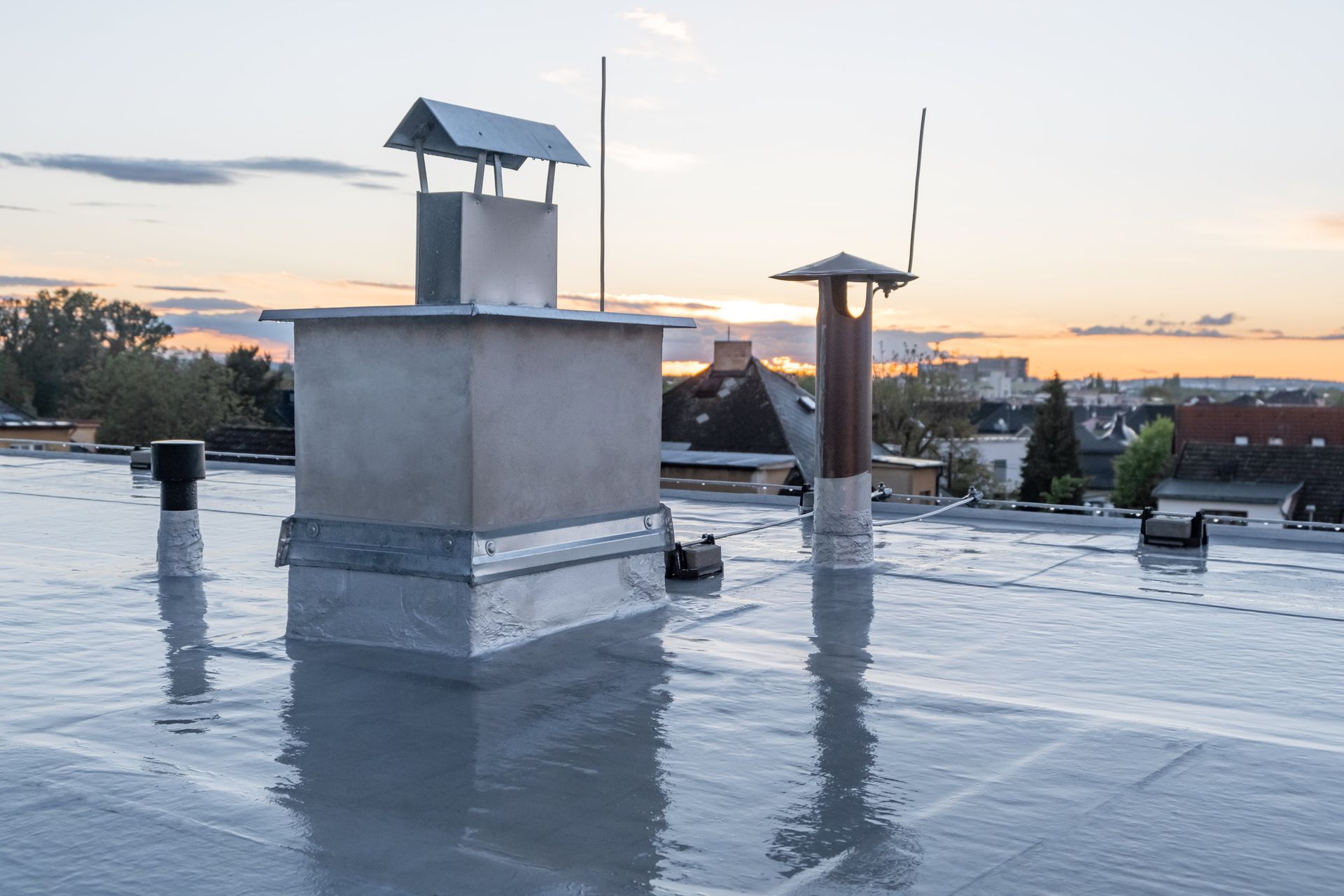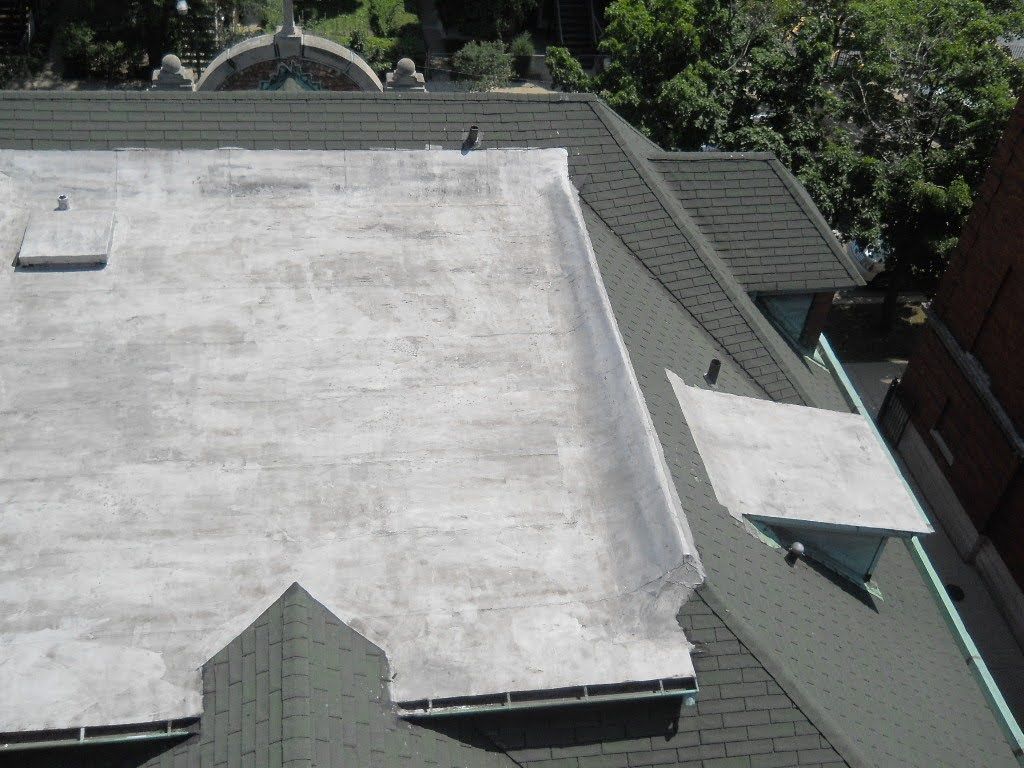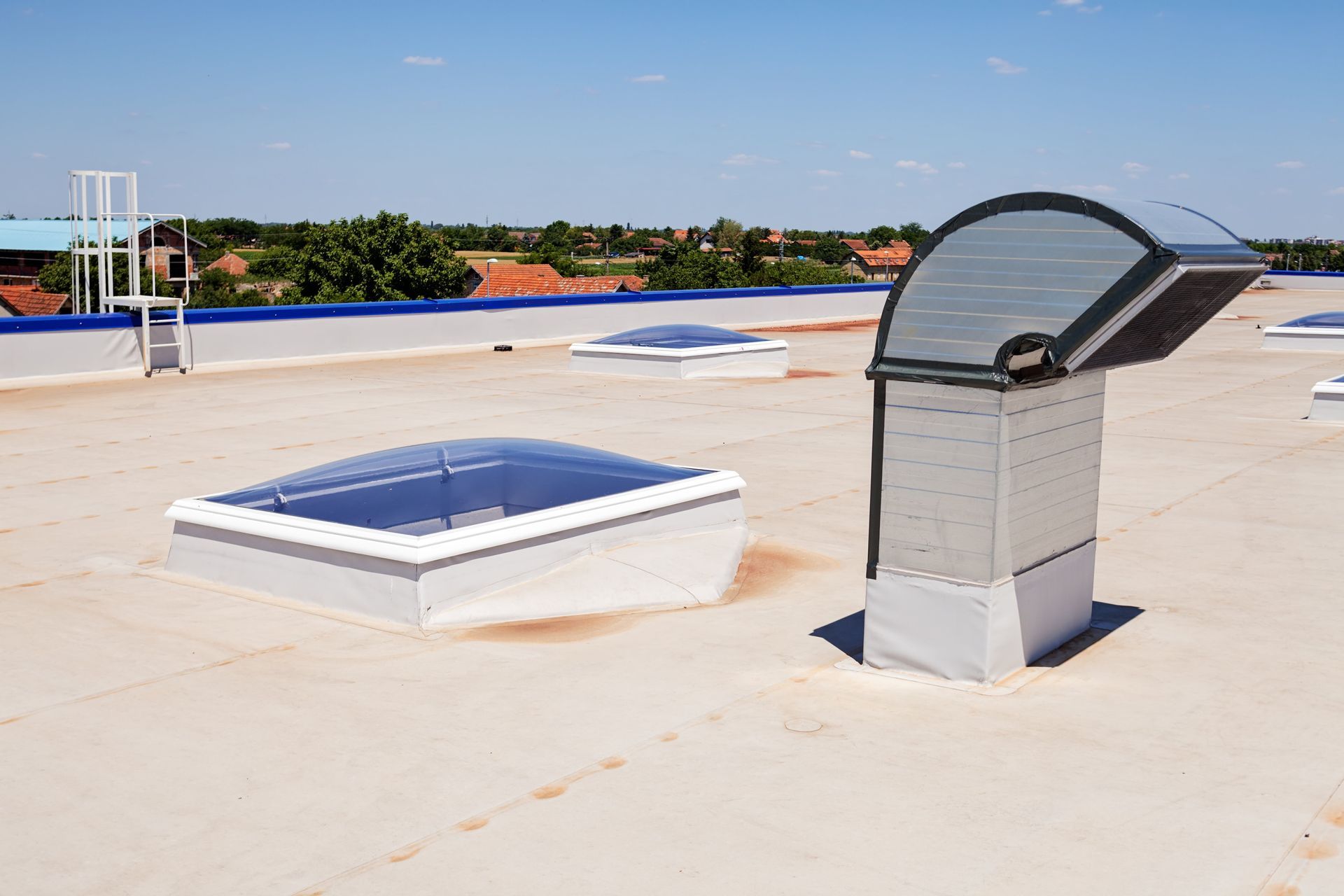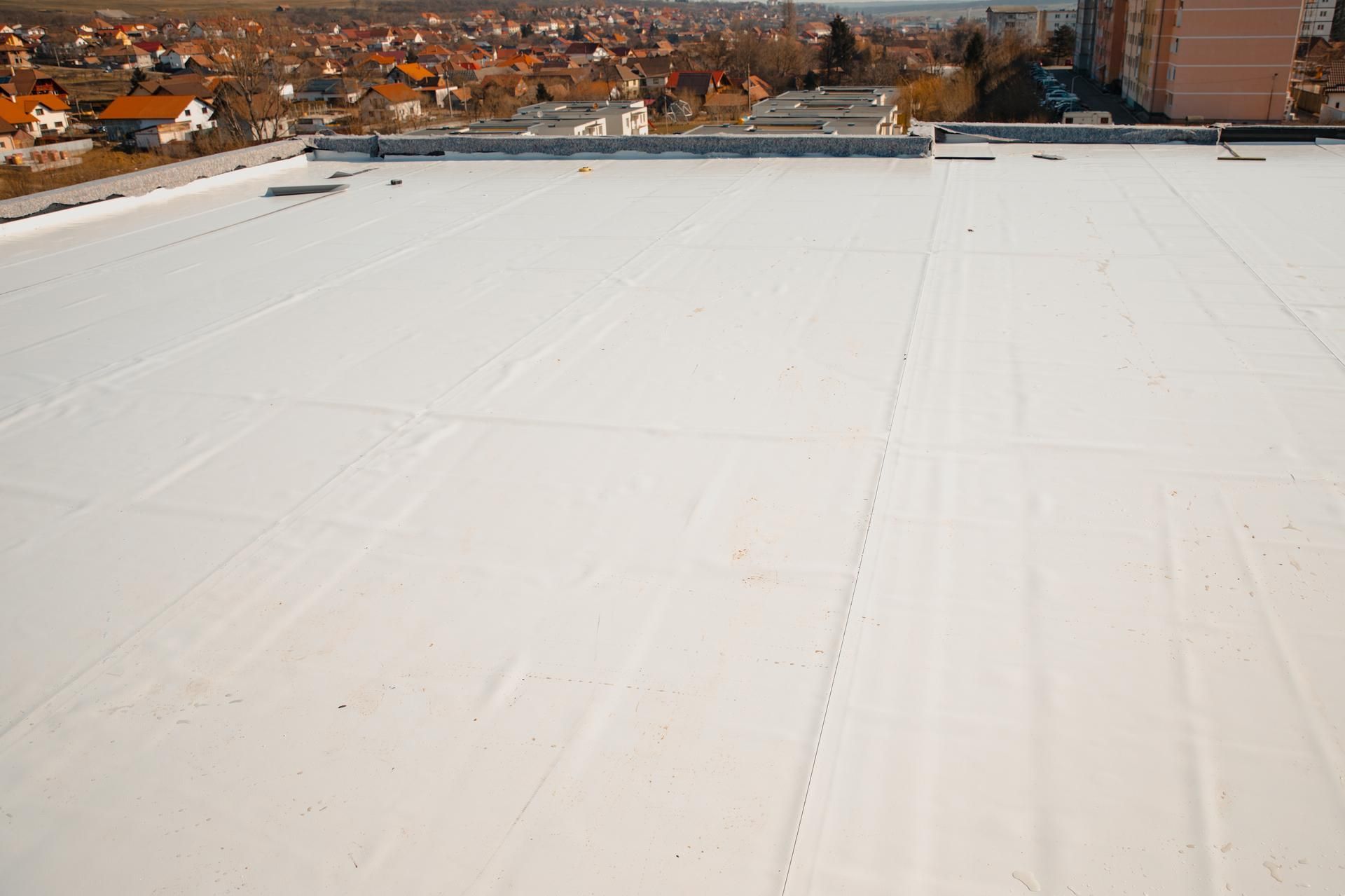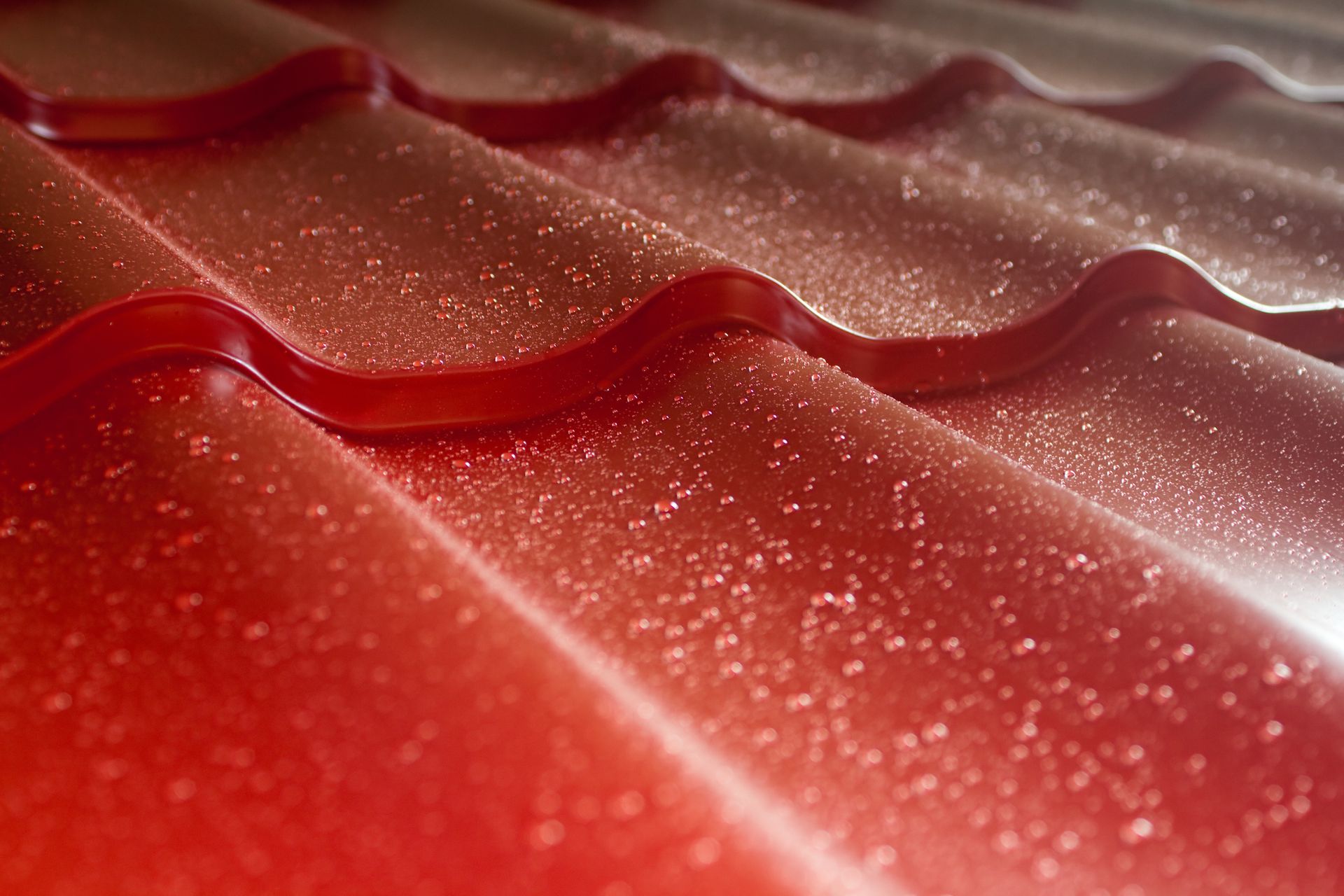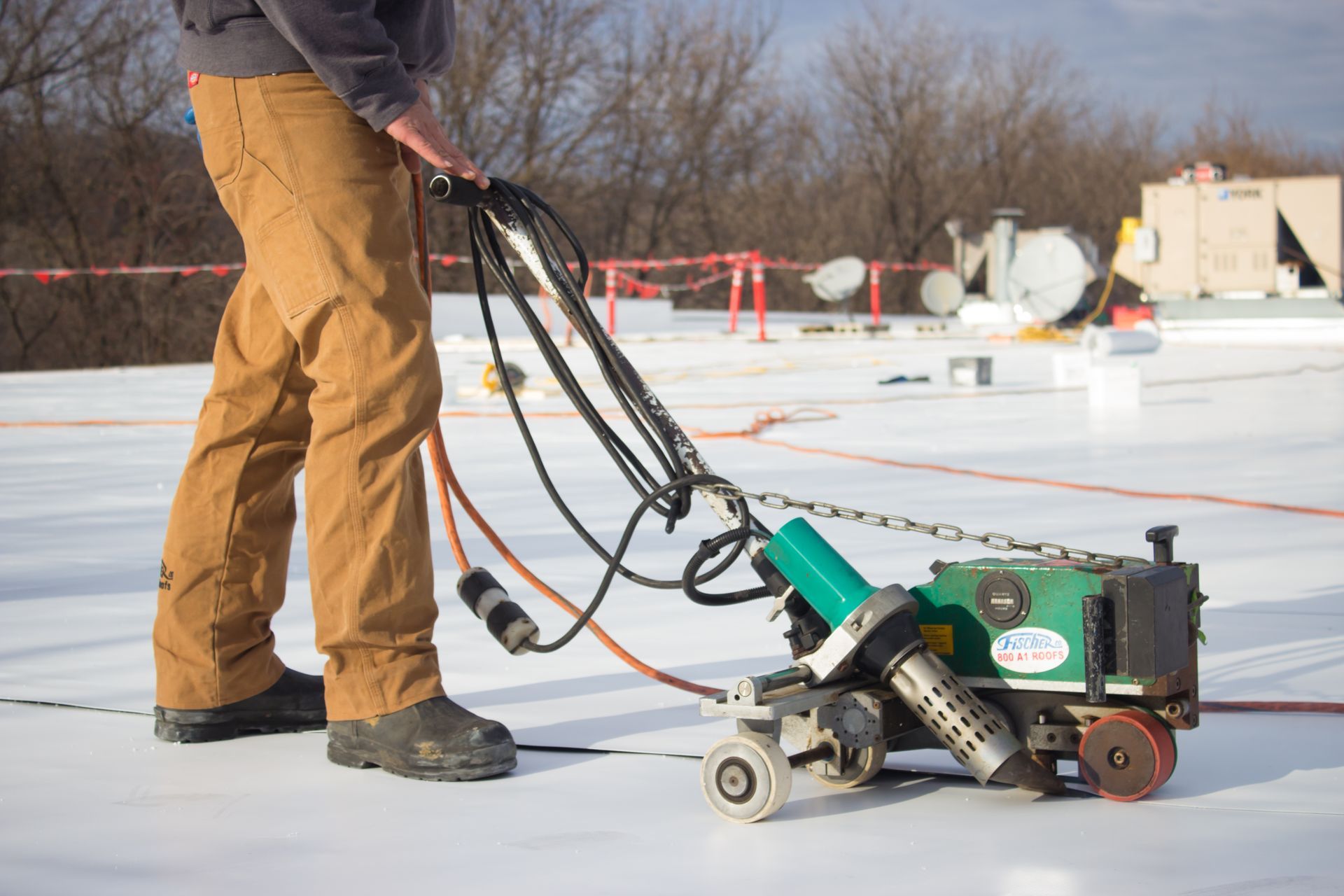TPO Vs EPDM Flat Roofs - Which One Should You Choose?
This is a subtitle for your new post
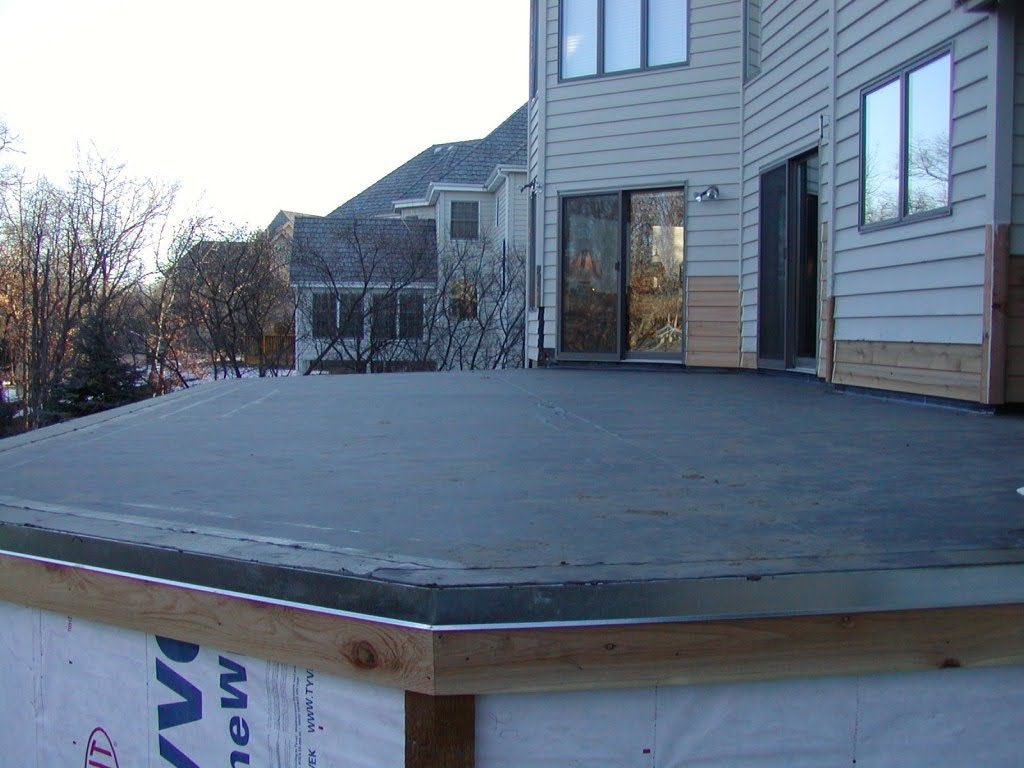
When it comes to commercial roofing, there are many options available in the market. However, flat roofs are among the most popular ones. They are not only cost-effective but also provide extra space for equipment, storage, and even outdoor seating for employees or clients. If you are reading this post, it means you are most likely considering either TPO or EPDM flat roofs. Here, we can compare the two and help you decide which one to choose for your commercial building.
What Is TPO Roofing?
TPO is a single-ply roofing material that stands for Thermoplastic Olefin. It is made up of a blend of different materials, including rubber, plastic, and chemical fillers. TPO has become increasingly popular in the commercial roofing industry due to its cost-effectiveness, ease of installation, and energy efficiency. It comes in several colors and is UV resistant, making it ideal for warm climates.
What Is EPDM Roofing?
EPDM is an acronym for Ethylene Propylene Diene Monomer. The roofing material is a synthetic rubber that has been in use for decades. It is a durable roofing material, resistant to UV radiation and weather elements. It comes in black and white colors and is easy to install, making it a common choice for flat roofs.
Differences Between TPO and EPDM
TPO and EPDM are both popular flat roofing options, but they have distinct differences that might impact your final choice. For instance:
- Reflectivity: TPO reflects sunlight, making it more energy efficient and suitable for warmer climates. EPDM absorbs sunlight and is better suited to colder climates.
- Durability: TPO is made up of a blend of materials, making it less durable than EPDM. It requires more maintenance and upkeep over the years, while EPDM can last decades with minimal maintenance.
- Color: TPO is commonly white or light gray, while EPDM is black or dark-colored.
Pros and Cons of TPO and EPDM Roofs
Both TPO and EPDM come with their fair share of benefits and drawbacks. Here is a summary to help you make an informed decision.
Pros of TPO
TPO offers the following benefits:
- Energy-efficient: Can help in reducing your energy bills
- Cost-effective: Relatively lower installation and maintenance costs
- Aesthetically appealing: Comes in a multitude of colors that can complement your building and brand
Cons of TPO
TPO has a shorter lifespan than EPDM. It is also less durable and can be prone to punctures and tears. Moreover, it is not recyclable, making it less eco-friendly than EPDM.
Pros of EPDM
- Long-lasting: Has a long lifespan
- Low-maintenance: Requires little effort and cost to maintain
- Durable: Can withstand harsh weather elements, punctures, and tears
- Environmentally friendly: It is fully recyclable
Cons of EPDM
EPDM absorbs sunlight, which can cause heat build-up in your building. It is also more expensive than TPO, both for installation and maintenance. Additionally, it does not come in many color options, which limits your aesthetic choices.
Which One to Choose?
Selecting the right flat roofing material for your commercial building depends on several factors. Consider what is most important for your building, such as cost, durability, maintenance, and appearance. If energy efficiency and aesthetics are a priority, then TPO will be the best option. However, if you're going for a more durable flat roof that will last several decades, then EPDM is the way to go.
TPO and EPDM are two of the most popular flat roofing options for commercial buildings. They both have their unique advantages and disadvantages that you should consider before making a choice. While TPO is relatively cost-effective and aesthetically pleasing, EPDM offers long-lasting durability requiring minimal maintenance. To ensure you make an informed decision, contact our office for a consultation. Our experienced roofing professionals can guide you through the process and offer practical advice. Good luck with your commercial roofing project — call us today.


